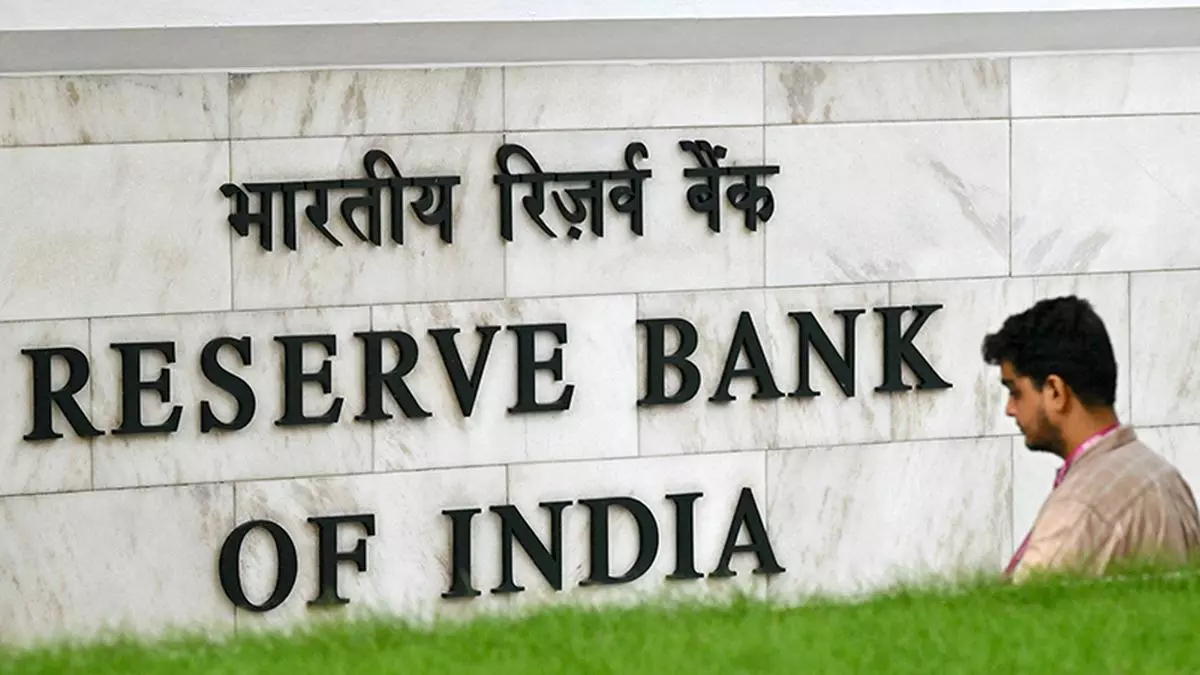In the new year, the Indian pharmaceutical sector will have to grapple with new realities, at home and overseas.
On home ground, the updated Uniform Code for Pharmaceutical Marketing Practices (UCPMP) 2024, for example, will see tighter implementation, under a new head at the Department of Pharmaceuticals (DoP). Under the outgoing DoP chief, UCPMP 2024 had (in December) issued its first order, just days ago, involving an alleged violation by Abbvie Healthcare India.
The order found the company in breach of the pharma ethics code by sponsoring foreign vacations (Monaco and Paris) for about 30 healthcare practitioners. Abbvie and an industry platform interpret the company’s action differently – and 2025 will see more discussion to iron out interpretation and implementation of UCPMP.
Trump policies
Globally, more flanks of strife and geo-political uncertainty have opened up, including Bangladesh. This, even as a key export market – the US, gets a new president in Donald Trump. His policies on “America First”, drug-pricing, intellectual property (IP) and his picks to head healthcare and the regulatory Food and Drug Administration (FDA) could impact Indian drugmakers.
Another key US development is the Biosecure Act. Earlier in December, it had not been included in a key Defence Bill – despite having bi-partisan support. And this shift is a challenge, said industry-insiders. The BioSecure Act looked to restrict collaborations with certain Chinese companies – opening up opportunities for Indian drugmakers, among others.
Sujay Shetty, PwC’s Global Health Industries Advisory Leader, says the upcoming year will be interesting for two key reasons – changing US dynamics and the opportunity from GLP-1 drugs (diabetes and weightloss drugs).
The US is the single most important market for the top 20 Indian drugmakers, says Shetty, pointing to implications following possible policy changes from President-elect Trump involving localisation. The BioSecure Act will bring in opportunities, he adds, as companies look to derisk and bolster supplychains. He also points to the opportunity of GLP-1 drugs in the coming years, as obesity increasingly becomes a health concern. (The GLP-1 segment has been made “popular” by diabetes and weight-loss drugs – semaglutide (Novo Nordisk’s Ozempic / Wegovy) and tirzepatide (Eli Lilly’s Mounjaro).
And as the generic drugs opportunity comes under pressure, companies will be in the quest for opportunities in devices and biosimilars, adds Shetty. Targeted acquisitions to get into a geography or therapy, will continue, he said. Last year saw the acquisition of Bharat Serums and Vaccines by Mankind Pharma for ₹13,630 crore. In fact, 2024 saw the pharma industry perform reasonably well, he points out.
Health security
The pharmaceutical industry plays a critical role in the country’s health security. And towards this, Government efforts are underway to support manufacturing of active pharmaceutical ingredients (API), development of novel antibiotics (nafithromycin), and medical devices; besides expanding its Janaushadhi retail stores for less expensive medicines.
While there is cheer over the production of Penicillin G, after 30-odd years, domestic drug and device makers will be looking to up their game through innovating, to cater to local needs and global supplies, while keeping it affordable. Quality will be the other key concern that drugmakers will need to keep front and centre.
In fact, the focus in 2025 for the pharma/ vaccines and medical devices industry will be to ensure sustained supplies to meet local and overseas requirements, with a stronger commitment on quality.








Leave a Comment